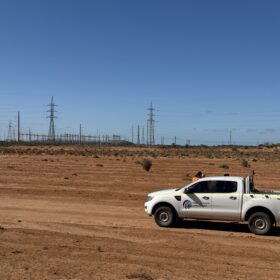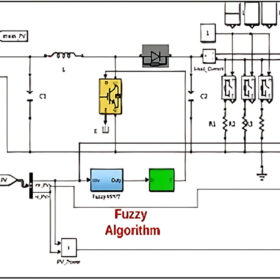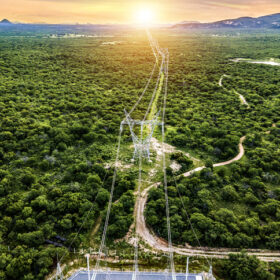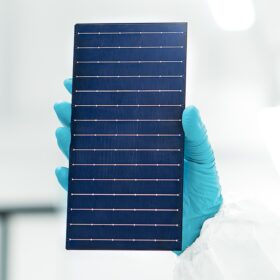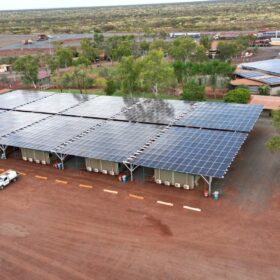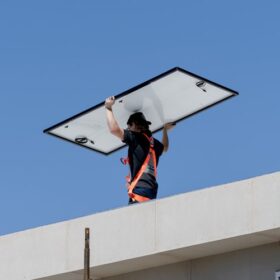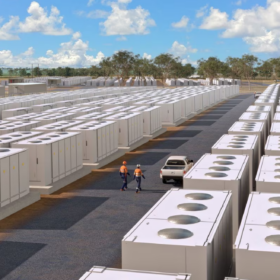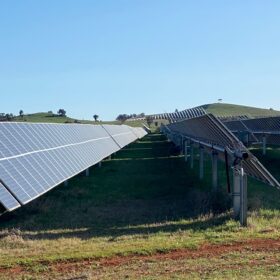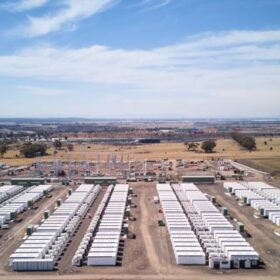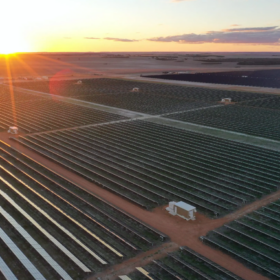Heritage building solar, battery installation red tape slashed in NSW
The New South Wales state government has slashed red rape for owners of state heritage-listed properties who can now install solar panels and batteries without seeking formal approval.
Ampyr to relocate 270 MW Davenport BESS to decommissioned coal station
Ampyr Australia will relocate the 270 MW Davenport battery energy storage system in South Australia under the new name Northern Battery to a decommissioned, coal-fired power station at Port Augusta, after acquiring it from Green Gold Energy.
Optimising PV system tilt angle, MPPT using fuzzy logic controller
Researchers in the Middle East have developed a fuzzy logic controller that simultaneously optimises the tilt angle of PV systems and performs maximum power point tracking. Year-long simulations indicate that the proposed approach increases power generation by approximately 20%.
Financial close reached on $900 million Blind Creek solar and battery project
Octopus Australia has brought the $900 million Blind Creek Solar Farm and Battery project, a local landholder-partnered agrisolar project, to financial close and into construction
Iberdrola wins bid to develop VNI West transmission project
Spanish energy company Iberdrola, which has a total installed capacity in Australia of 2.3 GW, has been selected to develop the Victoria to New South Wales Interconnector West, or VNI West transmission line.
Project EnergyConnect Dinawan substation build completed in the Riverina
Project EnergyConnect, the high voltage interconnector under construction between South Australia and New South Wales has seen the Dinawan substation located in the Riverina region, completed.
Outdoor testing identifies factors contributing to perovskite solar cell degradation
Tests conducted by a research team in outdoor environments in Spain and Poland have demonstrated a strong correlation between perovskite solar cell degradation and the combined effects of climatic and operating conditions. The scientists found that open-circuit operation accelerates degradation, whereas operation at the maximum power point and under short-circuit conditions has a lower impact.
$25.3 million finance to advance SunDrive copper solar cell technology
The Australian Renewable Energy Agency has committed $25.3 million to SunDrive to support its copper metallisation technology from development at its South Sydney facility to a 300 MW commercial-scale production tool.
GenOffGrid builds solar, lithium, diesel microgrid for Top End roadhouse
Microgrid developer GenOffGrid has launched a solar, lithium and diesel microgrid to power the Auski Munjina Village roadhouse in the Pilbara, Western Australia, over 1,300 kilometres northeast of Perth.
Why resilience won’t future-proof Australia’s supply chains
The last five years have placed unprecedented strain on global supply chains. Geopolitical tensions, trade wars, natural disasters and the global pandemic have revealed vulnerabilities across industries.

